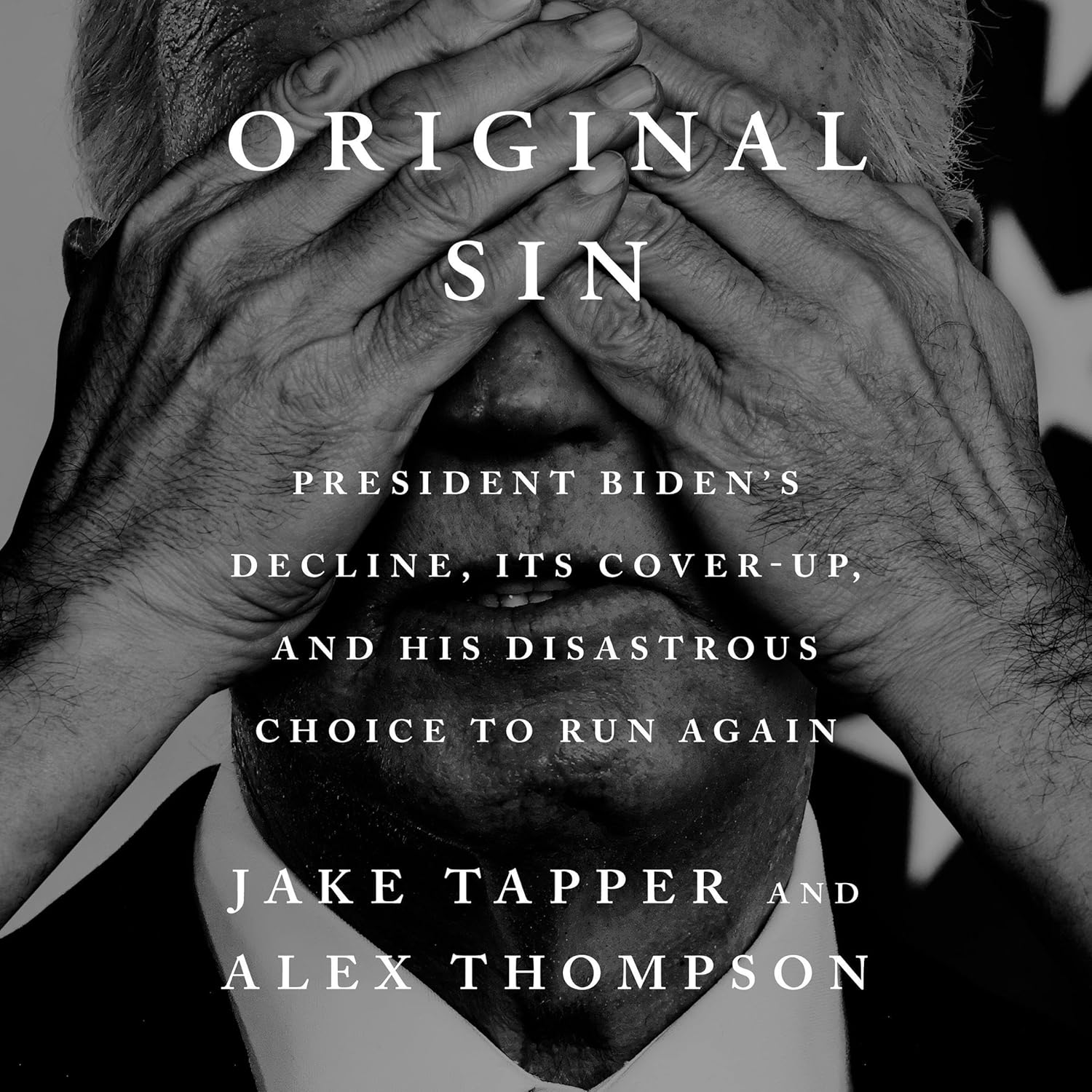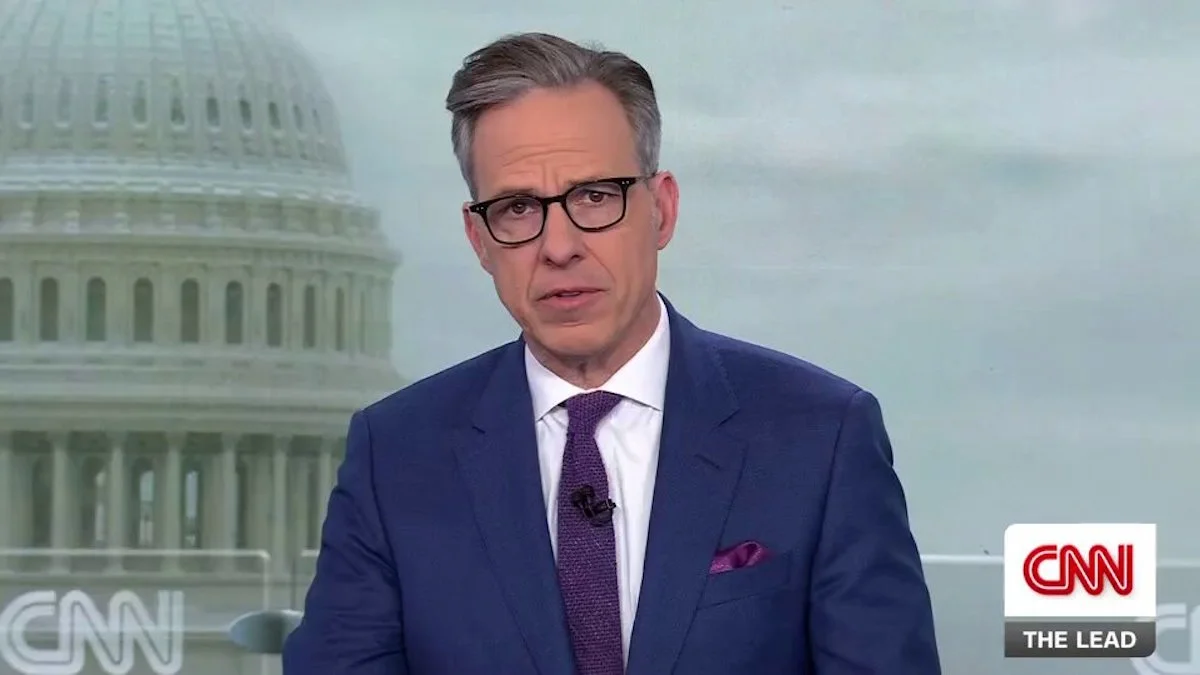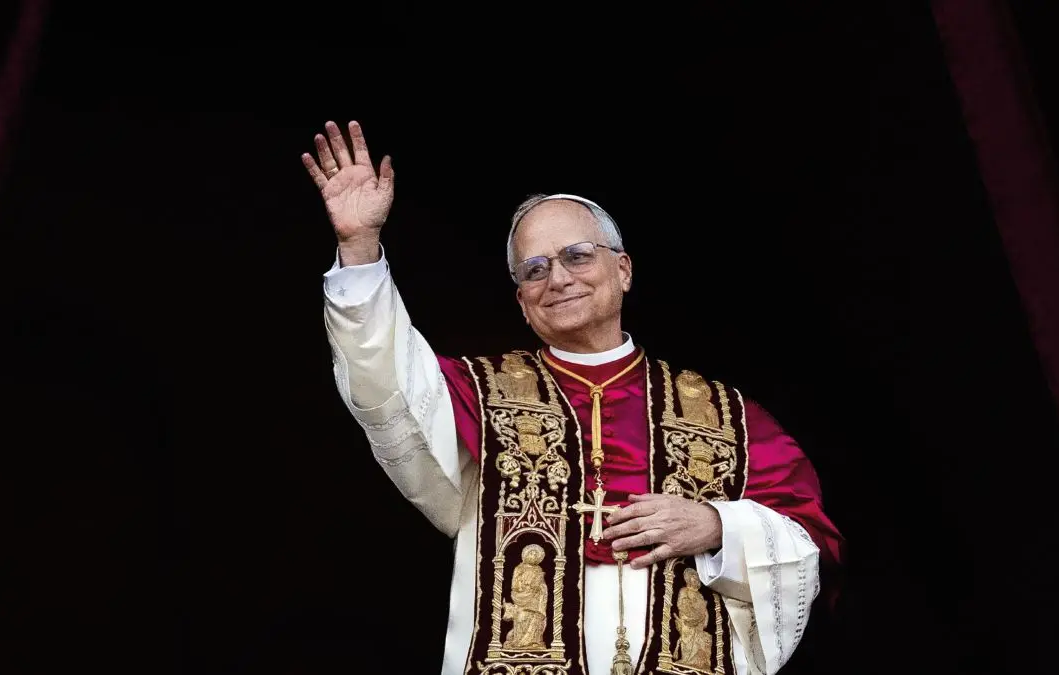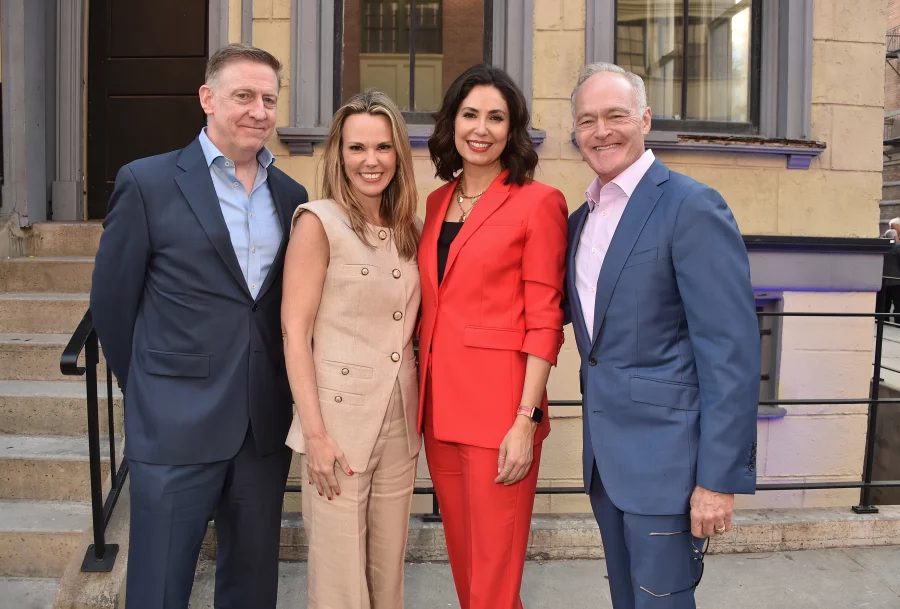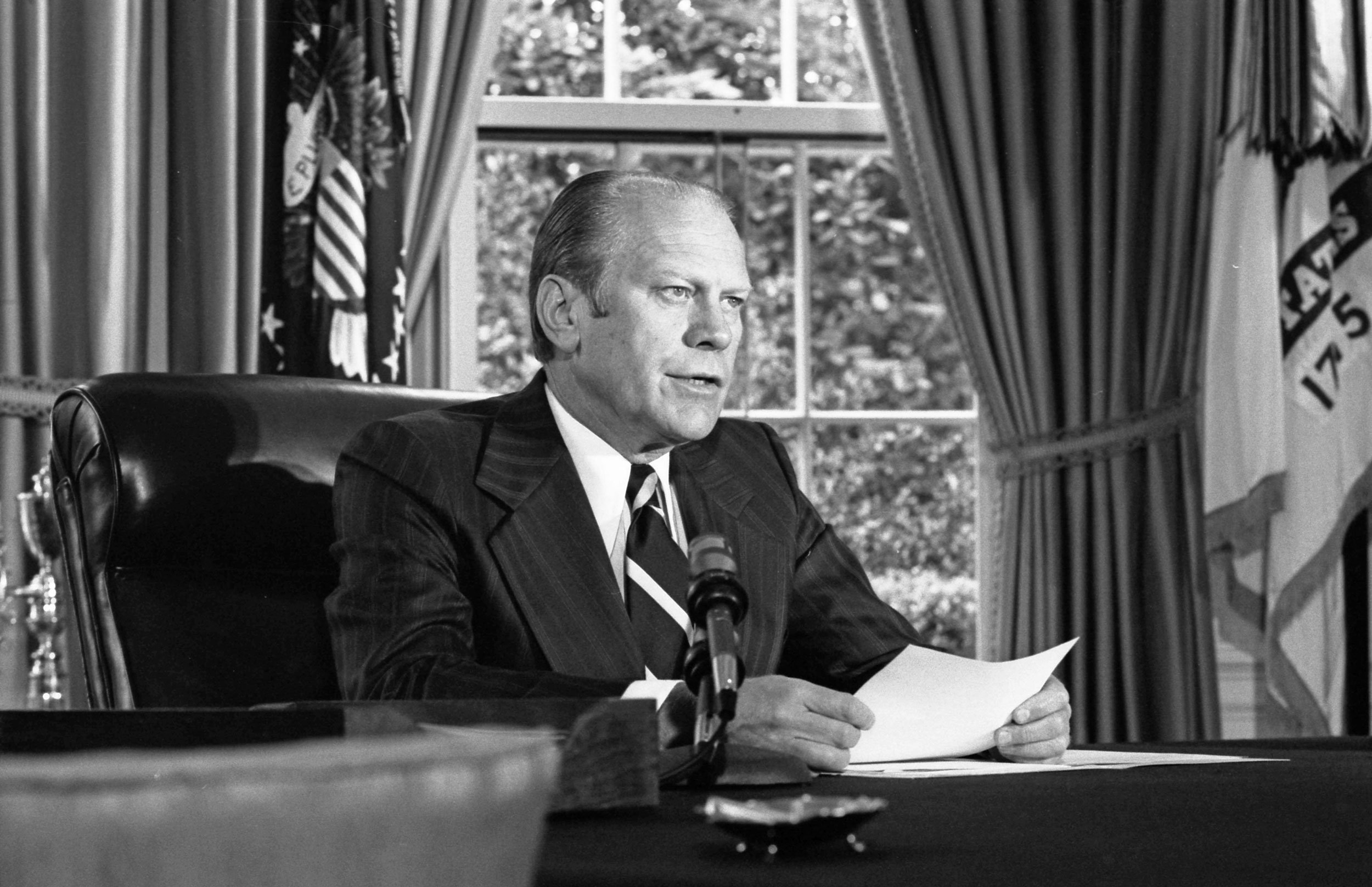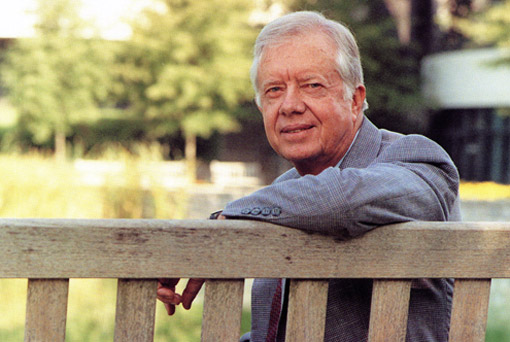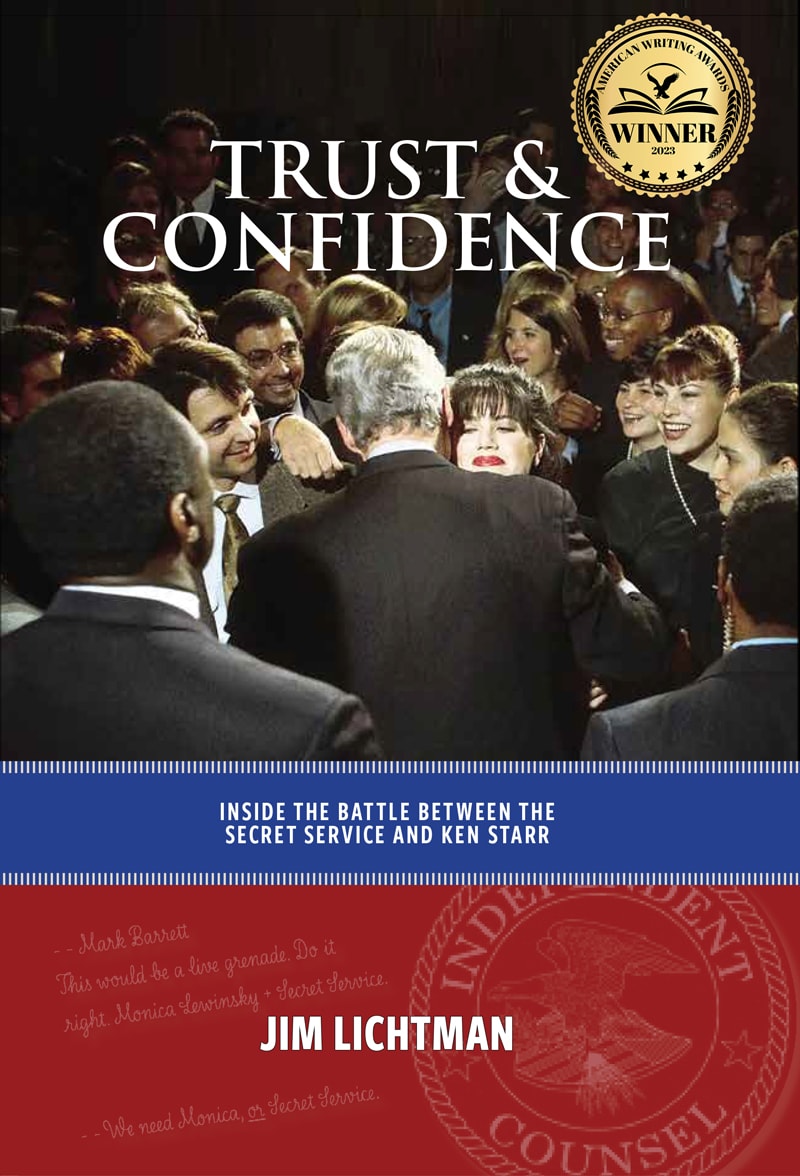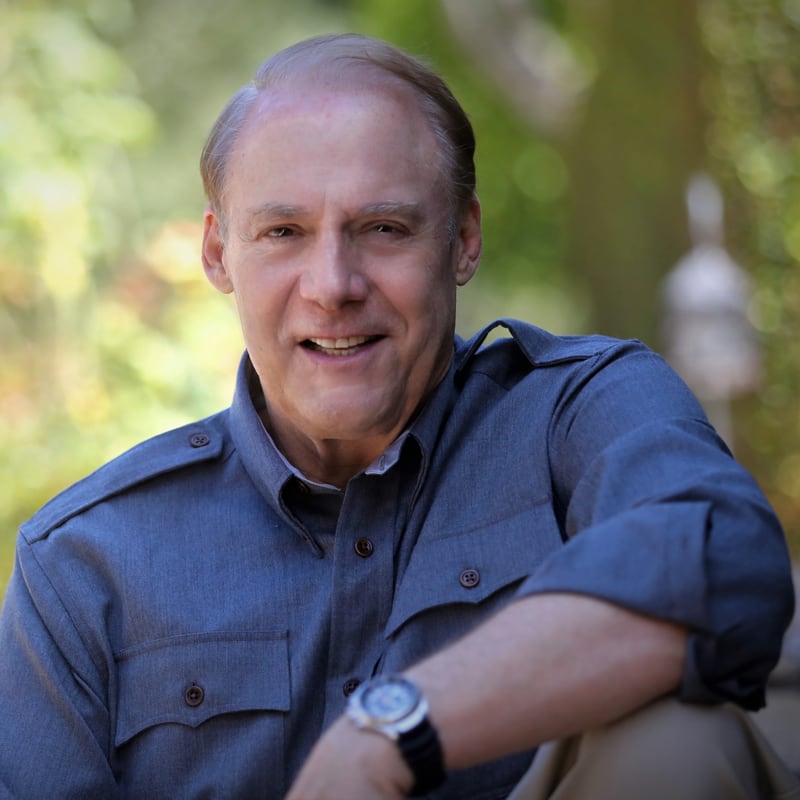Not long ago, I was involved in a political discussion about the extent to which the federal government should be involved in social issues. The conversation ended with a question directed at me: What’s the purpose of the Civil Rights Act?

I was so stunned by the suggestion of that question that I fumbled my answer… badly. I said something like, “Well, it put an end to lynching and segregation.”
Awful, terrible response.
In the course of looking for a real answer I discovered a more important question.
According to the National Archives: “Americans who knew only the potential of ‘equal protection of the laws’ expected the president, the Congress, and the courts to fulfill the promise of the 14th Amendment. In response, all three branches of the federal government–as well as the public at large–debated a fundamental constitutional question: Does the Constitution’s prohibition of denying equal protection always ban the use of racial, ethnic, or gender criteria in an attempt to bring social justice and social benefits?”
The larger question had never occurred to me.
“In 1964 Congress passed Public Law 82-352 (78 Stat. 241). The provisions of this civil rights act forbade discrimination on the basis of sex as well as race in hiring, promoting, and firing….
“Title VII of the act created the Equal Employment Opportunity Commission to implement the law….
“Today… the EEOC enforces laws that prohibit discrimination based on race, color, religion, sex, national origin, disability, or age in hiring, promoting, firing, setting wages, testing, training, apprenticeship, and all other terms and conditions of employment. Race, color, sex, creed, and age are now protected classes.”
Intolerance – racial, political, and religious – is the greatest issue facing us today. Intolerance excludes us from the world. It takes us away from our connection to humanity and leads us down a path to fear, hate and conflict.
Tolerance opens our minds and hearts to others. Acceptance leads us to greater understanding and peace.
In the 60’s, following the non-violent teachings of Mahatma Gandhi, the Reverend Dr. Martin Luther King, Jr. became an iconic figure in the American Civil Rights Movement. While he gained national attention after leading a bus boycott in 1955 in Montgomery, Alabama, it was his March on Washington for Jobs and Freedom in August of 1963 where King justly became a transformational figure.
In what became known as his “I have a Dream” speech, Dr. King speaks to all of us about the spiritual center of what would become the Civil Rights Act. In re-reading that speech, I found the answer to the question asked of me:
“Let us not seek to satisfy our thirst for freedom by drinking from the cup of bitterness and hatred. We must forever conduct our struggle on the high plane of dignity and discipline….
“…so even though we face the difficulties of today and tomorrow, I still have a dream. It is a dream deeply rooted in the American dream.
“I have a dream that one day this nation will rise up and live out the true meaning of its creed: ‘We hold these truths to be self-evident: that all men are created equal.’ ”
And there it was – “that all men [and women] are created equal.” Period. That’s the purpose of the Civil Rights Act – to clearly, and unequivocally affirm Mr. Jefferson’s words – words that President Reagan sharply underlined when he said, “I favor the Civil Rights Act of 1964 and it must be enforced at gunpoint if necessary.”
Now, after two decades of work, a memorial to Dr. King and his work has become a reality on a four-acre site on the Washington Mall – the first of its kind to honor someone other than a president. The tribute shows Dr. King in 30 foot relief on a large granite stone that appears to come out of the center of two larger stones directly behind him. King’s own words, carved on the portion with his likeness, explain it all:
“With this faith, we will be able to hew out of the mountain of despair a stone of hope.
With this faith we will be able to transform the jangling discords of our nation into a beautiful symphony of brotherhood.”
The central lesson of Dr. King’s life and commitment to civil rights can be summed up from one of his most memorable sermons, “All I’m saying is simply this, that all life is interrelated, that somehow we’re caught in an inescapable network of mutuality tied in a single garment of destiny. Whatever affects one directly affects all indirectly.”
When all of us begin to open our hearts and minds to others, only then will we begin to embody that message only then will we truly be living Dr. King’s dream.
Comments

